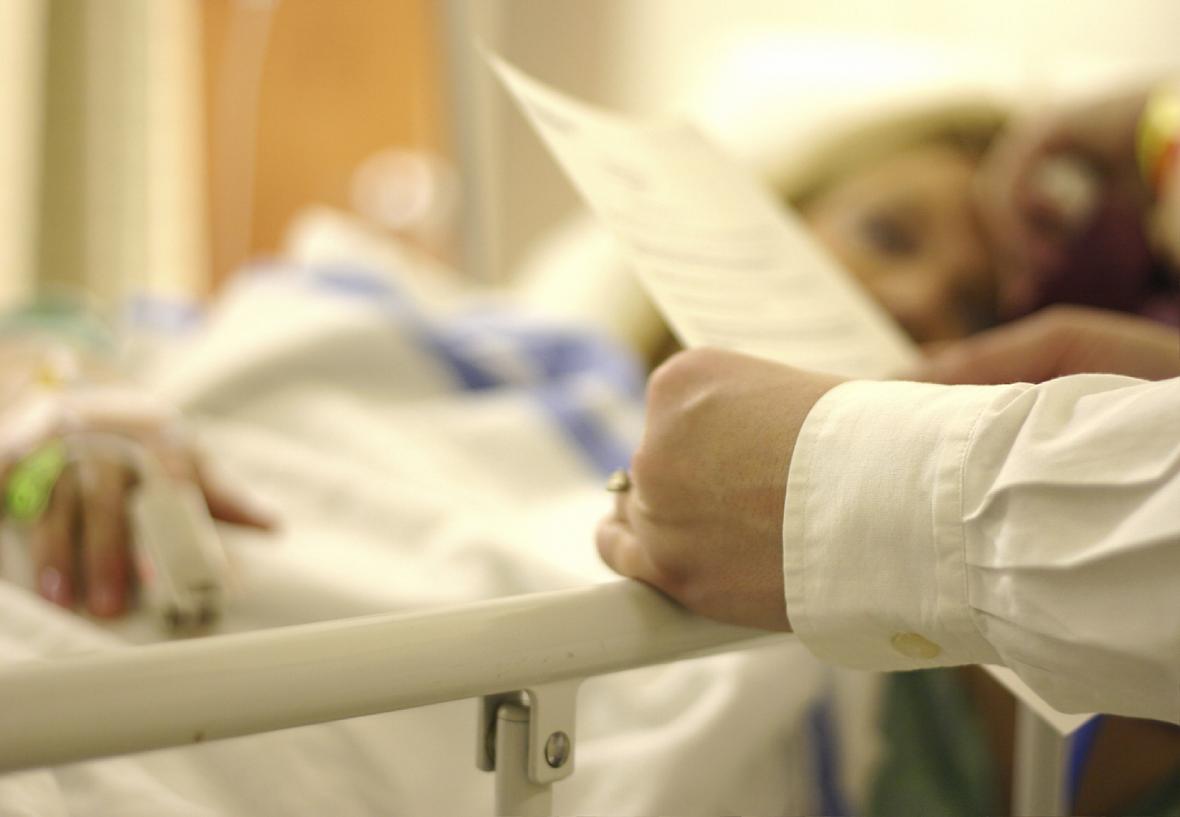Reflections from one researcher
The most valuable lessons I've learned have come from memories captured off the record.

How many children grow up dreaming of working with patients classed by the shortened length of their lifespan? Not many. However, being exposed to hospice patients changes many people’s attitudes. I have had the privilege of working with children and families in palliative care settings for almost a decade in caregiving and research positions.
The most valuable lessons I've learned have come from memories captured off the record. I began volunteering at George Mark Children’s House, the first children’s end-of-life care facility in the USA when I was a child myself. The children who stayed at the house were excited, engaged, and still figuring out their roles in the world like I was.
I vividly remember watching a Nickelback music video with a boy who was just a few months older than me. He asked me to sit next to him as he clicked, “play.” The song was, “How to save a life.” He didn't say many words, but his expression while watching it said everything. At that moment, he was not scared. He was not wise, dignified or even insightful. He was a normal teenage kid like me, watching a YouTube clip. He was only himself, a boy living his life.
Isn't it funny how “normal” children want to be treated “special” and “special” children want “normalcy?” Though healthcare providers have been saying it for years, this can now also be backed up with scientific evidence. The theme of “special treatment” emerged from some research I did as a part of my doctoral dissertation in New Zealand last year. Siblings and patients noticed that the patients were getting more attention. Though they often understood the need for it, it was not always seen as “fair” or desirable.
One conversations struck me particularly profoundly during the last four years of interviewing, recording, listening, reading, writing, re-reading, coding , analysing and re-writing the words of family members. It was different from my other research, which stressed the importance of being open with children when communicating about death.
A mother who had lost her toddler son told me that she had involved her daughters in giving her ill son the medicine he needed. She felt that it was important for her children because it helped the ill child feel more normal. By having siblings care for the ill child, it gave them the opportunity to be closer to him and to see him and his life as more normal. Taking medicine was a big part of her boy’s short life, and the siblings were happy to be a part of it. Though doctors might have been stunned and terrified had they known that children were handling those drugs, it was worth it to the mother. She told me that she had trained her children very thoroughly and taught them about the dangers of the medications. She had stressed the importance of them for the sick child and the risk which those who administered the drugs were taking.
And how did the sisters feel about it? They were grateful. They told me that all they ever wanted was for others to stop staring at their brother and stop reminding them that he was going to die. They wanted to be as involved in his life as possible, not in thinking about his death.
Despite all the evidence supporting communicating about death openly with children, involving them in the care of their siblings might be equally or more important. Those working in the field of paediatric palliative care might do the most good by going back to “square one:” helping “normal” children feel special and “special” children achieve normalcy.

